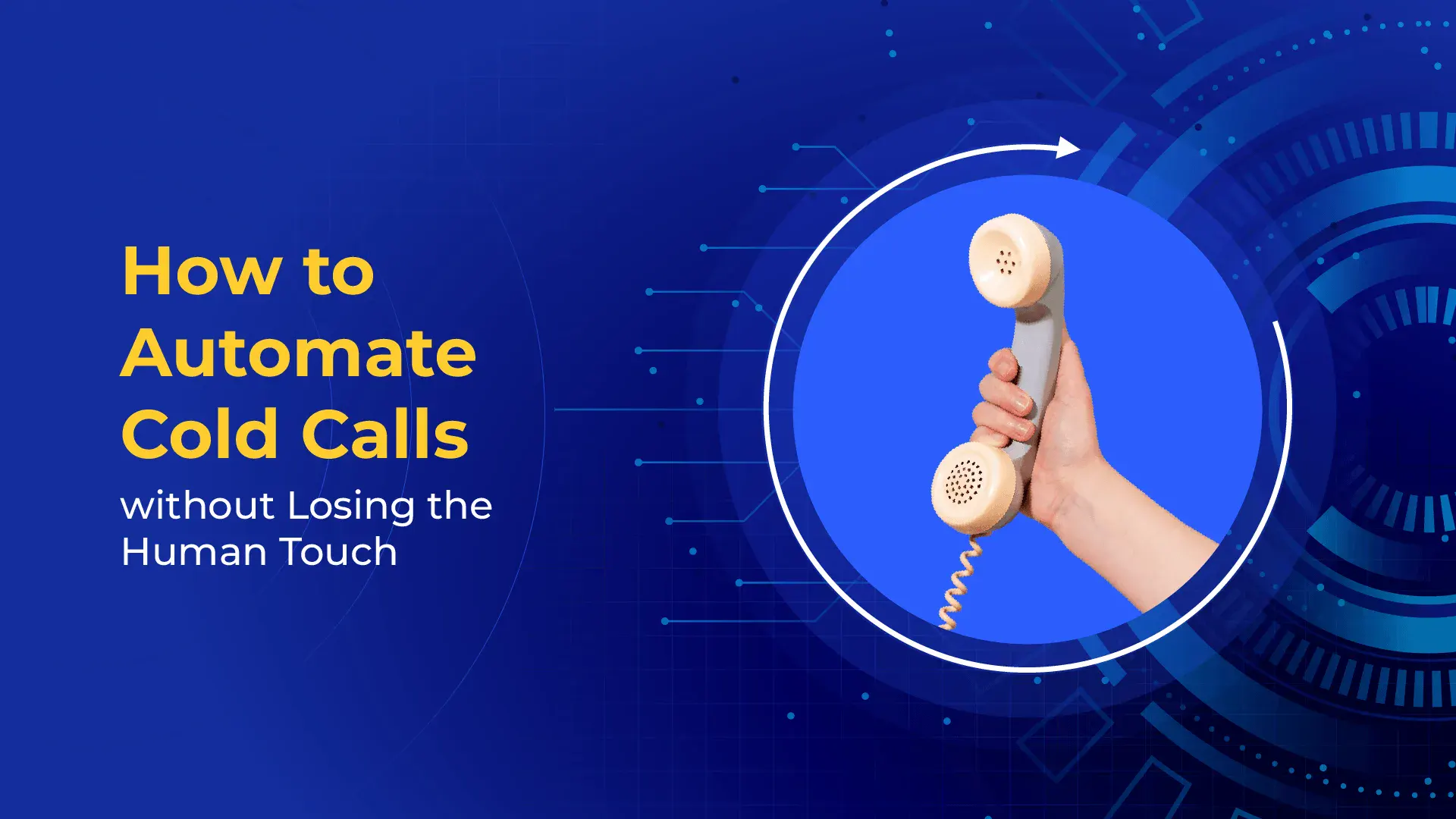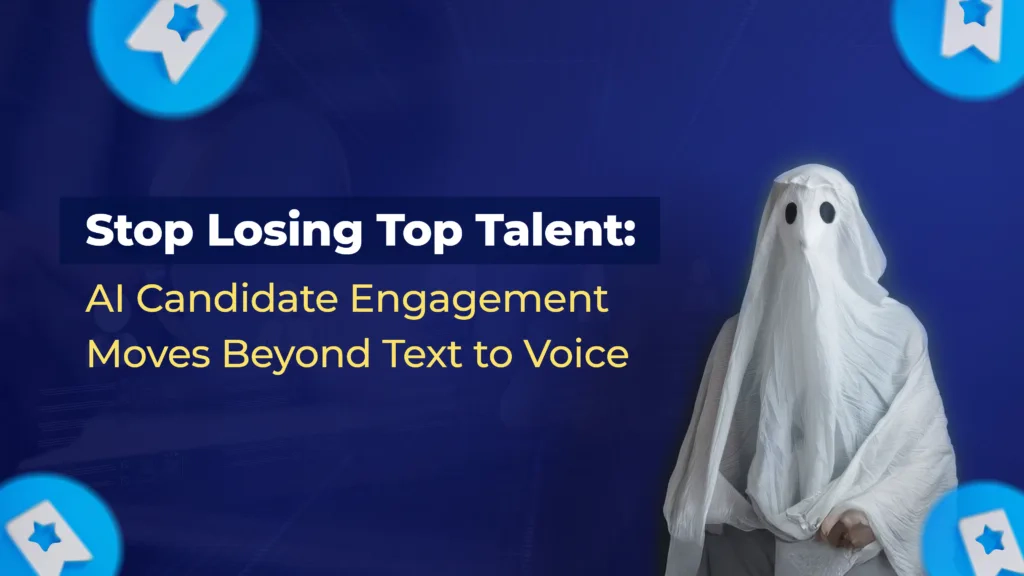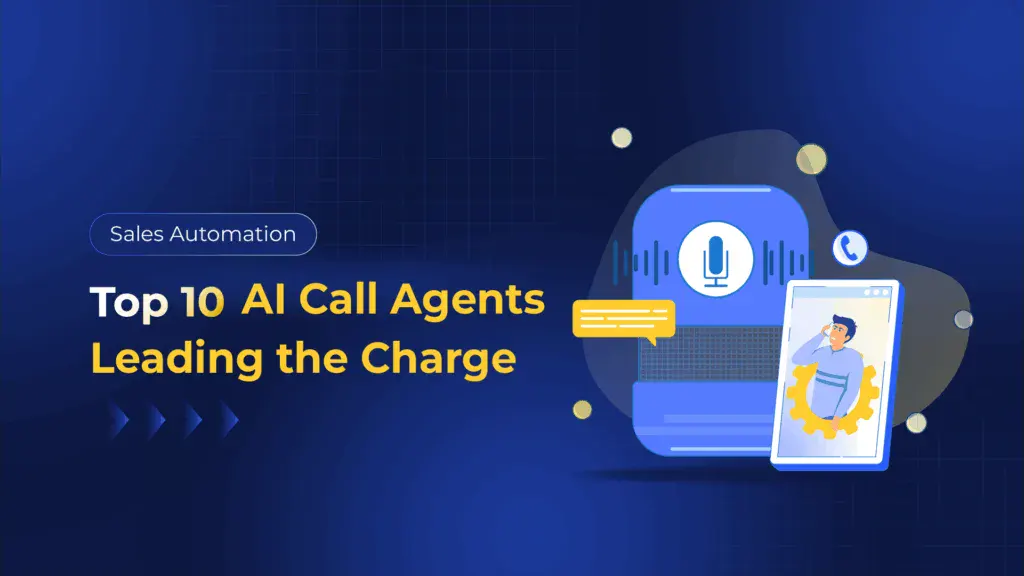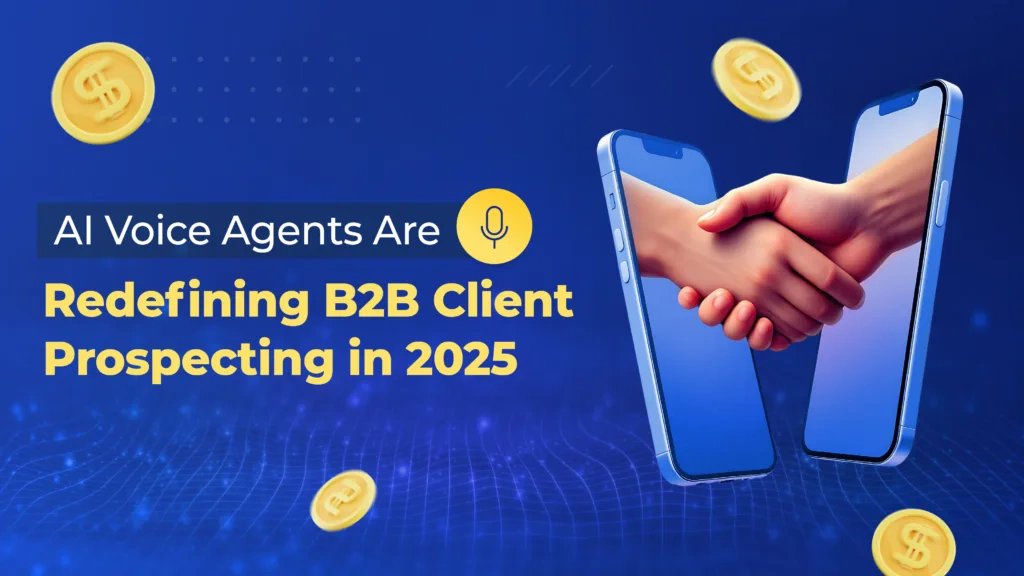You lose all the calls that you don’t make.
So it’s no surprise that, according to Salesforce, 83% of sales teams that integrated AI into their outreach workflow in 2024 reported significant revenue growth—in that same year.
Still, some sales leaders are worried that automating cold calls means they’ll lose the essential human touch that’s essential for their brand.
But here’s what they don’t know: modern conversational AI doesn’t have to eliminate human connection, if deployed the right way.
In this blog, we’ll show you how to weaponize cold calling automation while maintaining the human elements that help close deals.
You’ll also discover the critical mistakes that turn automation into spam and how to avoid them completely.
What “Human Touch” Really Means in Sales Conversations
The human touch in sales doesn’t have to mean having a human make the call. It’s about delivering interactions that feel personal, respectful, and genuinely valuable to prospects.
The quality of connection matters far more than the delivery method.
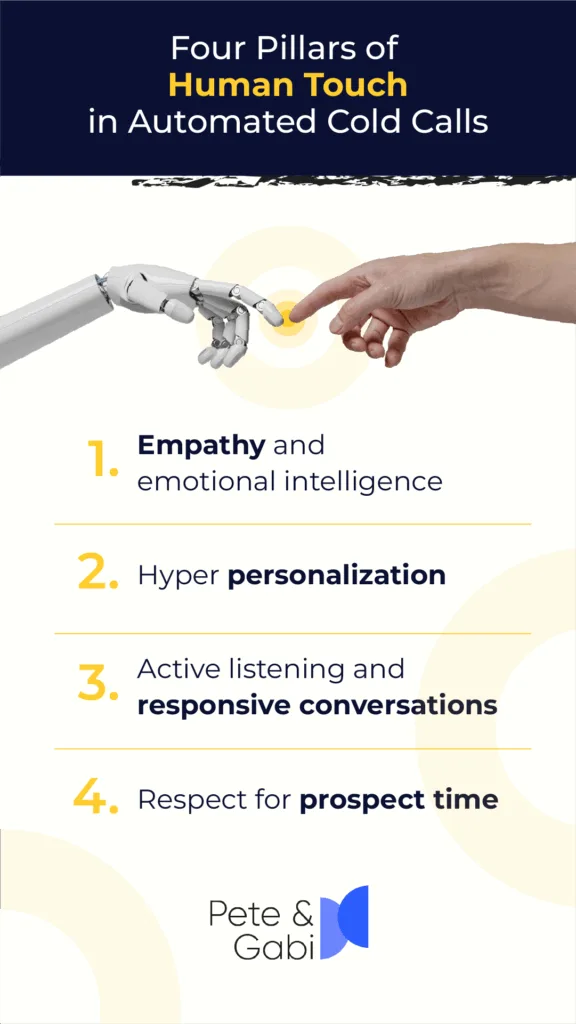
Fact: if one of your burned-out reps is reading robotic scripts on a call, that conversation will be less “human” than an AI call agent that adapts on the fly to prospect needs.
Below are some of the core elements that create authentic human connection in sales conversations.
Empathy and Emotional Intelligence
Reading conversational cues, acknowledging prospect concerns with understanding, and responding to emotional states are the foundations of good prospect engagement.
Sales reps—whether human or AI agents—should recognize frustration, excitement, or hesitation and adjust their tone and approach accordingly.
AI, like humans, can’t just bulldoze through predetermined scripts.
Personalization Based on Prospect Needs
The best cold calling conversations are tailored to the prospect in question.
Relevant details like company information, industry challenges, and role-specific pain points should be the topic of discussion rather than generic pitches.
This includes referencing recent developments, understanding priorities, and presenting solutions that align with the prospect’s circumstances.
Responsive Conversation That Shows You’re Listening
Authentic human-like connection in sales conversations means actually listening.
It means hearing and pivoting conversation direction based on responses, interest levels, and conversation signals.
While the goal is to eventually get prospects into your sales funnel and convert them, your voice AI agent doesn’t have to be pushy.
What they should do is hold conversations that show you’re interested in what prospects care about.
Respect for Prospect Time and Preferences
We’re all busy, and the human touch in cold calls means respecting the wishes of your prospects. Acknowledging busy schedules, asking permission to continue conversations, and honoring communication preferences are key.
Cold calls should be efficient and deliver value quickly, while respecting “not now” signals without aggressive persistence.
Common Mistakes That Kill the Human Touch During Cold Calls
Even well-intentioned automation with all of these capacities can backfire in certain situations.
Leading this list?
When sales teams make critical implementation errors that turn powerful sales-driving tools into spam machines.
Prospects hate this, and so would you.
Below are other pitfalls to look out for when automating sales calls with conversational AI.
- Over-automating complex conversations: Some conversations require human expertise that automation can’t replicate. As a result, deploying AI for nuanced negotiations, sensitive account discussions, or other high-stakes scenarios can turn your customers away.
- Ignoring prospect communication preferences: Forcing prospects into automated workflows without considering their preferred channels, timing preferences, or explicit requests for human interaction also creates frustration and kills sales opportunities.
- Using generic messaging at scale without personalization: Blasting identical scripts to different industries, roles, and company sizes without customization leads to messaging that feels impersonal and irrelevant to prospects.
- Failing to provide escalation options: Trapping prospects in automated loops with no clear path to human assistance is another automation mistake that kills sales.
- Poor integration between AI and human team members: Finally, creating disconnected handoffs where human reps lack context is a waste of everyone’s time. Don’t force prospects to repeat information. It’s not necessary and ruins the seamless experience that builds trust and drives purchases.
The Smart Automation Approach: Five Strategies to Maintain Human Connection During Sales Calls
Smart automation eliminates human limitations like fatigue, inconsistency, and rushed conversations. It can also amplify the qualities prospects value most—relevance, empathy, and responsiveness.
Here are five best practices that make automated calls feel more human.
Prioritize Intelligent Personalization at Scale
Smart AI calling systems tap into your existing CRM data to have conversations that actually matter to each prospect.
Instead of generic “Hi, how’s your day?” openers, the AI can reference the prospect’s industry challenges, recent company news, or role-specific pain points that show you’ve done your homework.
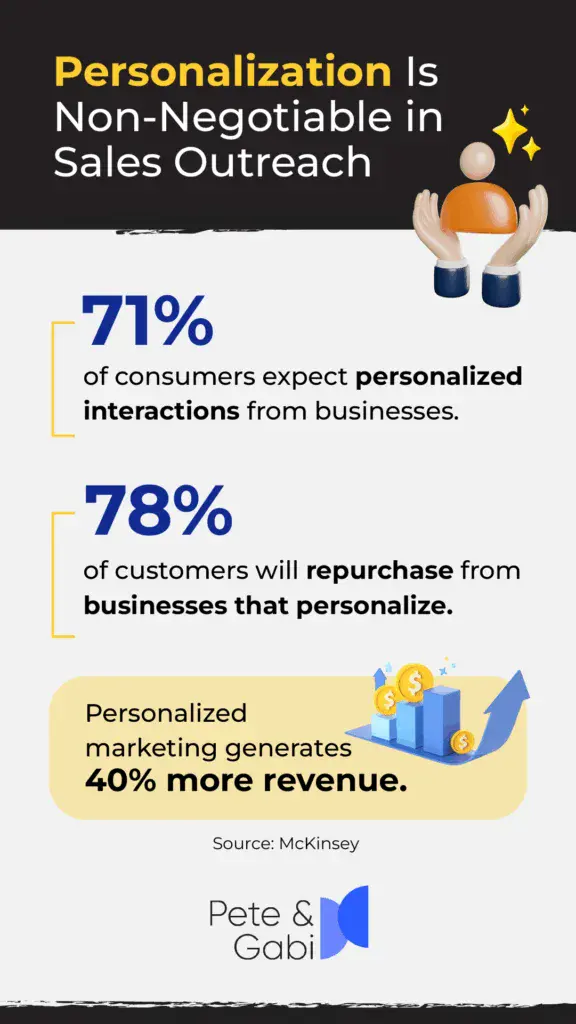
Your conversational AI should be able to adjust its approach based on who it’s talking to.
A C-suite executive would get a different conversation style than a department manager or a startup founder from human salespeople, and it also should from AI.
With intelligent personalization, prospects feel like the conversation was created specifically for them—not like the next number on a call sheet.
When they get calls that talk about actual business challenges, prospects are naturally more willing to engage, and this translates directly into more qualified opportunities in your pipeline.
Choose Conversational AI That Listens and Adapts
There’s no point talking to someone who isn’t listening.
Your AI calling solution should pick up on subtle cues and adjust the conversation accordingly. If someone raises an objection, the system can’t just barrel through a script.
It should acknowledge the concern and address it thoughtfully.
If a prospect says, “we don’t have budget for this,” smart conversational AI recognizes this to mean “show me the ROI” or “we need to understand the value first.” It doesn’t just launch into a price justification speech.
This ensures your leads feel understood rather than just sold to, and it helps improve your chance of booking a meeting and making an eventual conversion.
Set Up Your Agents for Respectful Persistence
An AI system isn’t smart if it can’t learn.
They should know when prospects are actually available and receptive to conversations. Instead of calling at random times, they analyze patterns—knowing that CFOs are typically swamped during month-end or that restaurant managers are unreachable during a lunch rush.
And if a prospect is stressed and asks for a raincheck, your conversational AI shouldn’t hammer them with daily follow-ups. It should circle back at a more appropriate time.
Timing is crucial—the exact same message can be a productive conversation or create annoyance depending on when it’s delivered.
And of course, prospects appreciate respectful persistence and well-timed follow-ups since they are considerate, professional, and more human.
Ensure Seamless Human Handoffs
Another friction point is handoffs.
Prospects shouldn’t have to start over or repeat themselves when they are transferred to a human rep.
Instead, your voice AI solution should provide your sales rep with a complete briefing on what was discussed—including specific concerns, timeline, and preferences.
This means when your salesperson picks up the phone, they can say “Hi John, I understand you’re looking to solve the inventory tracking challenges we discussed, and you mentioned wanting to see this implemented before Q4?”
Practice Transparency Regarding AI Use
It’s critical with AI calling to be transparent.
Instead of trying to trick prospects into thinking they’re talking to a human, smart companies openly acknowledge their AI assistance while focusing on the value it delivers.
When prospects know they’re interacting with AI, they appreciate the immediate response, consistent availability, and efficient qualification process for what it is—a better customer experience.
The transparency approach builds the foundation for genuine business relationships based on honesty and delivered value.
Quick Tips for Setting Up Your AI for Human-Like Interactions
To get started, the first step is choosing the right voice AI solution.
Different providers sound more or less robotic or may lack the conversational intelligence that helps enable complex sales interactions.
Here are quick tips for ensuring your voice AI holds human-like conversations.
- Train your AI call agents on your best sales agent’s conversation patterns.
- Clearly establish your brand voice and the standards you want for your conversational AI communications.
- Ensure AI agents have real-time access to customer history, availability, and preferences.
- Create escalation triggers that ensure a seamless handoff process to human reps for closing sales or handling complex issues.
- Use data from past customer interactions to improve intent recognition and response quality.
Wrapping It Up
The best automated cold calling systems create more authentic interactions than burned-out reps delivering robotic scripts for the hundredth time.
And as we’ve explored, the “human touch” isn’t about who makes the call.
Instead, it’s about ensuring every conversation has the empathy, personalization, responsiveness, and respect that prospects value.
With smart automation strategies combined with the right AI calling solution, your automated cold calls will feel more human than ever while freeing your sales team to go close deals.
For all of this and more, try Pete & Gabi’s conversational AI agents today. Schedule a demo.
FAQs
Do AI call agents replace human sales reps?
No. AI call agents are designed to handle repetitive, first-touch outreach tasks—like introductions, qualification, and scheduling—so your human sales reps can focus on higher-value activities like building relationships and closing deals.
How do AI call agents maintain the “human touch” in cold calls?
They’re trained to listen, adapt, personalize, and respect prospect preferences. With intelligent conversation flows, seamless handoffs, and transparent communication, they create human-like interactions.
What happens if a conversation becomes too complex for the AI?
Smart AI systems use escalation triggers. When a call goes beyond their scope, the AI hands it off to a human rep with full context, so the prospect never has to repeat themselves.
Can AI call agents actually improve sales results?
Yes. By automating the first wave of calls, businesses reach more prospects, respond faster, and maintain consistent messaging. Combined with human reps for advanced conversations, this hybrid approach leads to higher engagement, shorter sales cycles, and better conversion rates.



